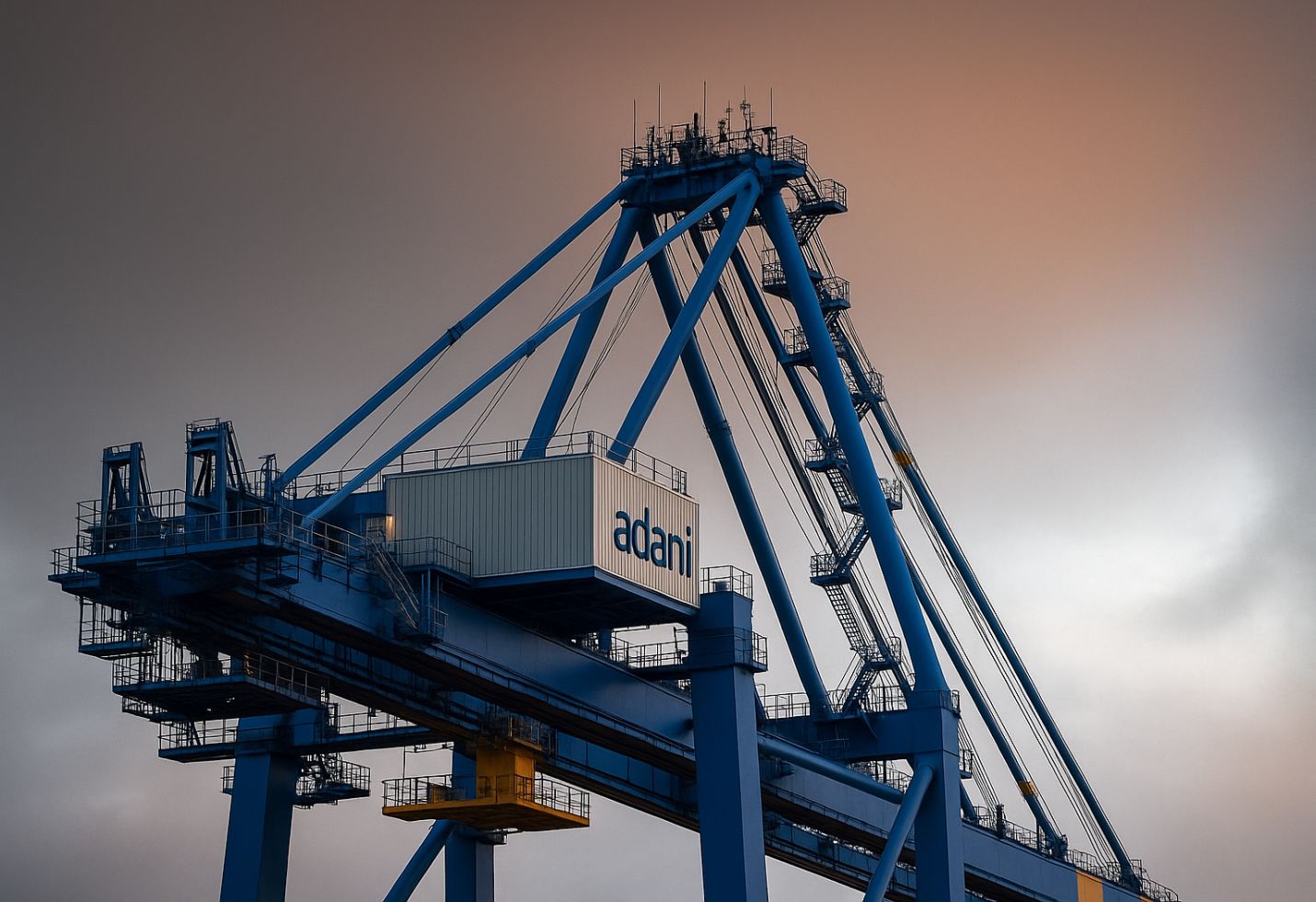Adani Power to Build 2,400-MW Thermal Plant in Bihar
Adani Power signs a 25-year supply deal with Bihar State Power Generation Company. The $3 billion investment aims to boost energy security, create jobs, and stabilize tariffs.
A Game-Changing Power Project for Bihar
Adani Power Ltd., one of India’s largest private sector power producers, has announced plans to build a 2,400-megawatt (MW) thermal power plant in Bihar’s Pirpainti, Bhagalpur district. The company has signed a 25-year Power Supply Agreement (PSA) with the Bihar State Power Generation Company Ltd. (BSPGCL), securing long-term electricity supply for the state.
This project is set to become one of the largest private sector power investments in Bihar, with an estimated cost of $3 billion (₹26,500 crore). It is expected to accelerate industrial growth, improve household power availability, and support the state’s expanding urban infrastructure.
Project Details and Execution Timeline
• Capacity: 2,400 MW (three units of 800 MW each)
• Technology: Ultra-supercritical, offering higher efficiency and lower emissions compared to conventional coal plants
• Coal Linkage: Allocated under the Government of India’s SHAKTI policy, ensuring stable fuel supply
• Execution Timeframe: Fully operational within 60 months (5 years)
• Employment Impact: 10,000–12,000 jobs during construction and ~3,000 permanent roles post-commissioning
The project will be developed under the Design, Build, Finance, Own, and Operate (DBFOO) model, providing Adani Power complete ownership and operational responsibility throughout the plant’s lifecycle.
Competitive Tariff Advantage
A crucial highlight of this deal is the tariff of ₹6.075 per kWh, the lowest bid under a competitive tender. For Bihar, this translates into affordable electricity supply over the long term, reducing power purchase costs for the state government.
The fixed tariff structure also gives Adani Power predictable revenues and cushions it against volatility in market electricity prices.
Economic and Employment Boost for Bihar
The scale of this project will have significant spillover benefits for Bihar’s economy.
• Direct Impact: Thousands of new jobs during the construction phase and stable long-term employment once operational.
• Indirect Benefits: Boost to local suppliers, contractors, and infrastructure services in Bhagalpur and surrounding areas.
• Industrial Push: Reliable power will attract industries in sectors such as textiles, agro-processing, and manufacturing, helping Bihar reduce its dependence on imports of electricity from other states.
This investment also signals renewed confidence of private investors in Bihar’s power sector reforms.
What It Means for Investors
Revenue Visibility
The 25-year PSA ensures steady and predictable cash flows for Adani Power, strengthening its balance sheet. The tariff security lowers risks from fluctuating energy prices.
Capacity Expansion
With this 2,400-MW addition, Adani Power’s total capacity will expand by nearly 13%, cementing its position as a dominant player in India’s fast-growing energy market.
Government Backing
The coal linkage under the SHAKTI policy guarantees uninterrupted fuel supply, reducing operational risk. Rising electricity demand in Bihar, fueled by urbanization and industrialization, ensures a robust customer base.
Capital-Intensive Risk
The ₹26,500 crore capital outlay comes with significant funding needs. Investors should monitor financing costs, debt load, and execution risks such as construction delays or cost overruns.
ESG Considerations
While the plant will use cleaner ultra-supercritical technology, it remains coal-based. This may pose challenges for ESG-focused investors, as global markets increasingly favor renewable energy projects.
Strategic Importance in India’s Power Landscape
Bihar has historically faced energy shortages and relied on imports from neighboring states. This project will reduce dependence, enhance power security, and improve reliability for millions of households.
At the national level, it underscores India’s balanced energy strategy — where renewable energy continues to expand rapidly, but coal-based ultra-supercritical projects still play a key role in ensuring base-load stability.
Conclusion: Balancing Growth and Responsibility
Adani Power’s decision to build a 2,400-MW ultra-supercritical thermal plant in Bihar marks a major milestone for the state’s energy future. With a $3 billion investment, 25-year supply agreement, and lowest tariff in competitive bidding, the project promises affordability, job creation, and energy stability.
However, it also raises questions about the long-term environmental footprint, given the global shift toward renewable energy. For investors, the project offers revenue visibility and growth prospects but requires careful monitoring of execution and ESG factors. If executed efficiently, this project could redefine Bihar’s power landscape and strengthen India’s energy security for decades to come.
The image added is for representation purposes only










